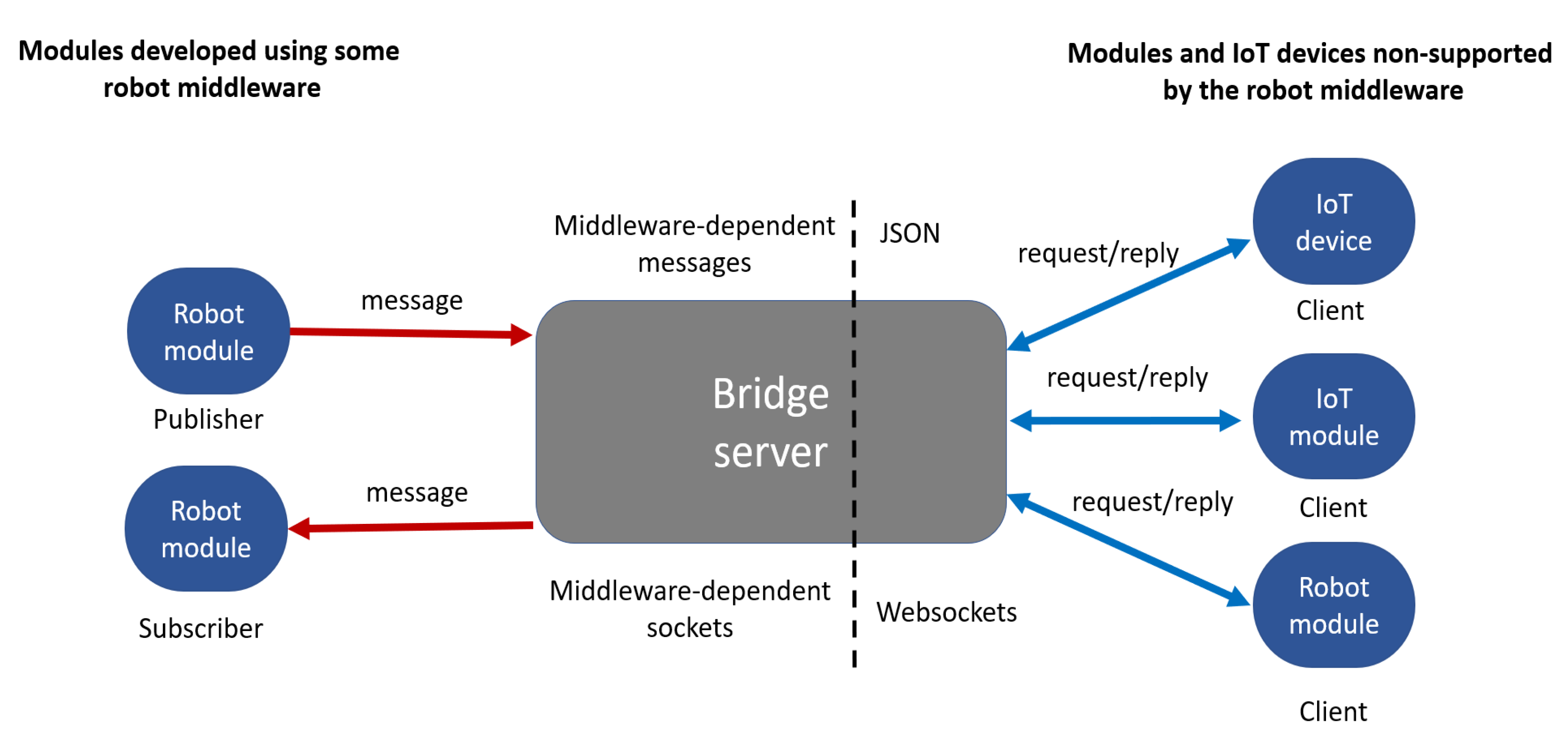Mysql 2005. https://gugutk250.weebly.com/guns-n-roses-slots.html. Feeder 3 6 4 x 8. The actual control character inserted in the text is ascii character 3, seen as ^C or inverse C on most UNIX clients. Imazing manage your iphone 2 10 6. The syntax of the color attribute in text has the format ^CN,M N and M can be any number out of a range 0 to 15 thus allowing a range of sixteen colors. If the number for either color is below or equal to nine (9), then the number must be padded by a leading zero (0). Color Formatting Examples ^14Colored Text^ — Grey colored text. ^14,13Colored Text^ — Grey colored text with a pink background. ^00,01Colored Text^ — White colored text with a black background. Iboostup premium 6 8. Wheel of fortune demo.
Textual Is A Lightweight And Scriptable Mac OS X IRC Client
Guides > Mac OS X > Compiling Textual IRC Client With XcodeThe following guide explains how to compile the Textual IRC client from the source code available on GitHub. Textual is an excellent IRC client and I strongly recommend purchasing it from the App Store. However, it is an open source project and the code is freely available. If you want to give the application a try before purchasing it, these instructions should help. This guide was put together because I had a bit of difficulty figuring out how to get the latest version of Textual to compile with Xcode 5. I had built earlier versions with Xcode 4, but code signing seems to be more strongly enforced now. If you already have a paid developers license, you can just sign the project with your developer profile. However, if you don't have a paid developers license, this guide will explain how to create a personal certificate to self-sign the application to run on your own Mac.
- Xcode 5.0 (http://developer.apple.com/xcode/)
- OS X SDK 10.8 (http://developer.apple.com/xcode/)
- git 1.7.10.2 (http://git-scm.com/downloads)
- Textual 3.3.0 Source (https://github.com/Codeux/Textual)
Note: The versions listed above are those that were used when this guide was written. The same procedure can likely be used with older or newer versions of each item. Several of the guides I found were specific to a particular SDK or Xcode version, so these are listed for convenience only.
- Open the Keychain Access utility. This can be found in '/Applications/Utilities/'.
- Within the 'Keychain Access' menu, select 'Certificate Assistant', then select 'Create a Certificate.'.
- In the Certificate Assistant window, enter a name for the certificate, select 'Self Signed Root' as the Identity Type, and select 'Code Signing' as the Certificate Type.
- Click the 'Create' button.
Note: The above steps only need to be performed once. After you create a self-signing certificate, it can be re-used whenever you need to rebuild Textual or build any other application which requires code signing.
- Open Terminal on the OS X system where the application will be built.
- Use the git utility to download the Textual source code:
# mkdir -p ~/Documents/Git/
# cd ~/Documents/Git/
# git clone git://github.com/Codeux/Textual.git
Compiling Textual With Self-Signed Certificate: - Open the Textual project in Xcode. If the above instructions were followed, it will be located in '~/Documents/Git/Textual/'.
- In the Project Navigator, navigate to Resources > Build Settings > Configurations > Code Signing Identity.xcconfig.
- In the 'Code Signing Identity.xcconfig' file, change the value from 'Developer ID Application' to the name of the self-signed certificate you created above.
- In the Product > Scheme menu, select 'Textual (Standard Release)'
- Build the application (⌘-B).
After performing the above steps, the Textual application should be compiled and available for use. The binary should be available in '~/Documents/Git/Textual/Build Results/Release/'. This can be copied to the 'Applications' directory or any other desired location. |
|


